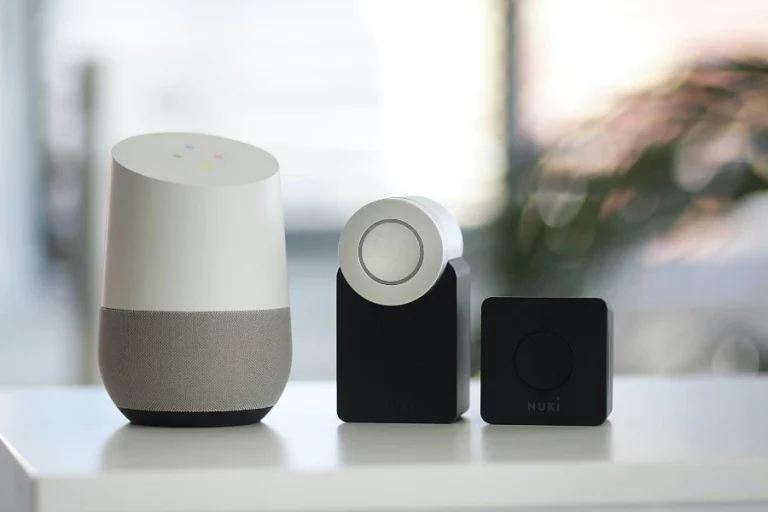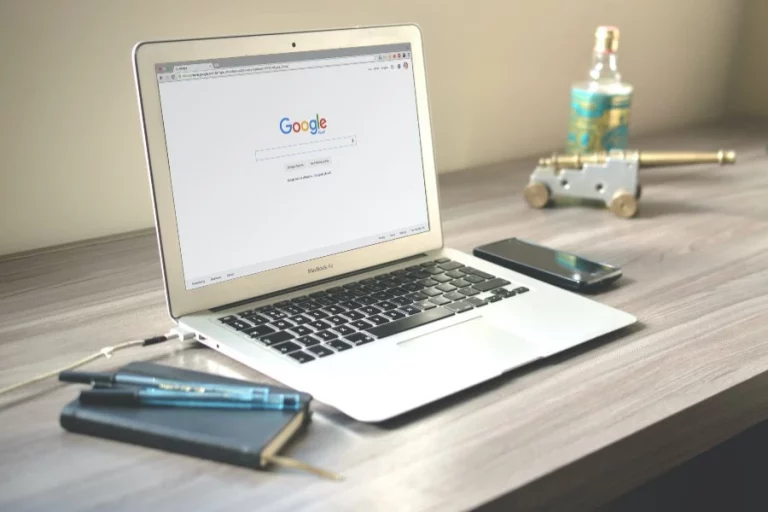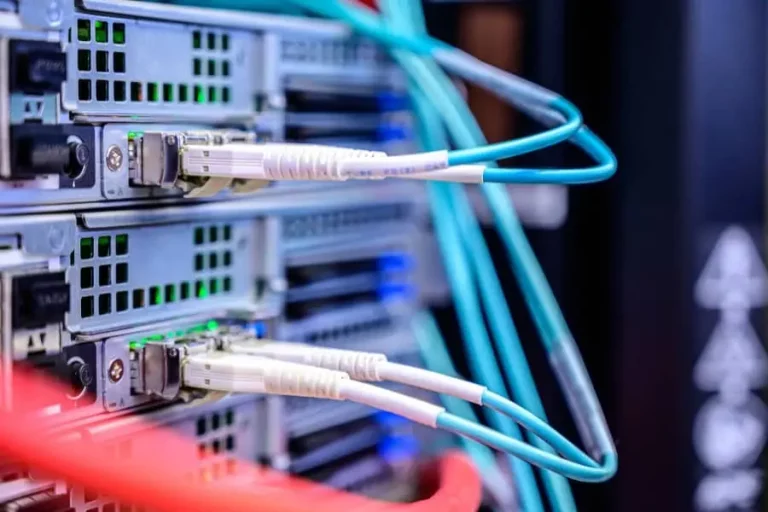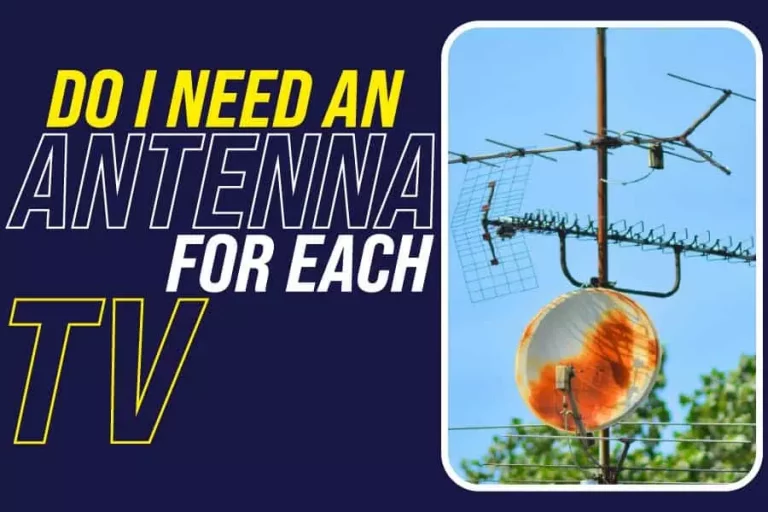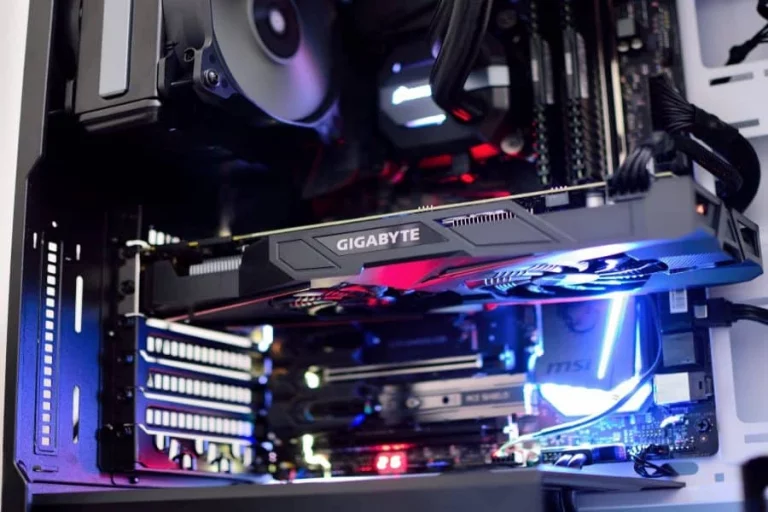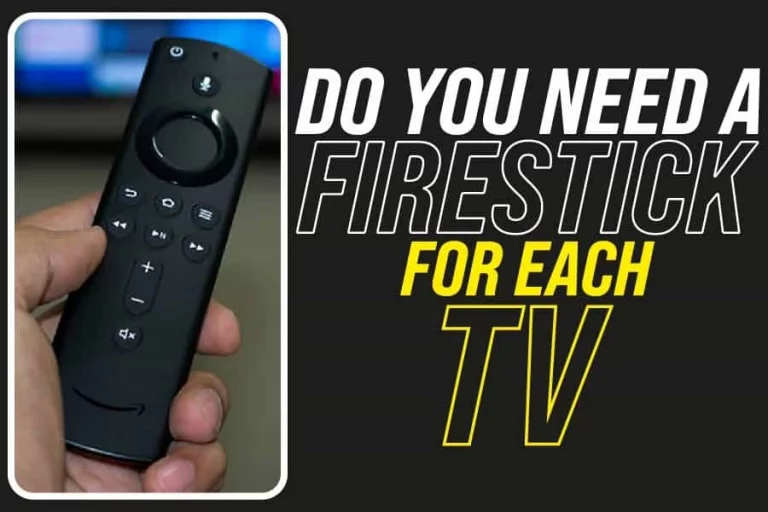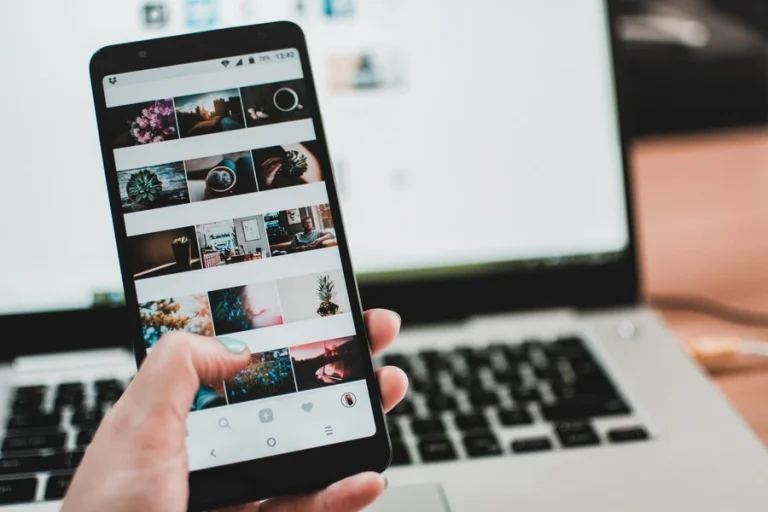Pioneer radio is a well-known car stereo with impressive features that make them a popular choice for many car owners. They combine advanced music features, excellent sound quality, and a sleek design to provide a pleasant listening experience.
To play music and perform routine functions like making and receiving calls, you can connect your iPhone to a Pioneer radio. This article will show you how. It will also offer troubleshooting tips to resolve connection issues with your car stereo.
How To Connect iPhone To Pioneer Radio
You can connect your iPhone to Pioneer radio in three ways: through Bluetooth, using a cable, and via the CarPlay app.
Connecting via Bluetooth:
Ensure your iPhone and Pioneer radio is in range. Then, turn on the Bluetooth on your iPhone and select “Pioneer” in the list of possible devices.
Select “iPhone” in the list of available devices on your Pioneer radio. If you’ve previously linked both devices, they’ll connect immediately. Otherwise, both devices will require a PIN, which you’ll find in the device’s manual or online.
Tip: Ensure your car is in park mode (for automatic transmission) before initiating a Bluetooth connection. Most times, if your vehicle isn’t in park mode, the Bluetooth icon on your Pioneer radio will appear faded.
Using a Cable:
This is perhaps the simplest way to connect an iPhone to Pioneer radio. You can connect your iPhone by inserting an appropriate data cable into the USB port of your car’s stereo.
The port usually situates behind the stereo system. But some radio models offer a front-panel USB port, which is a more convenient choice. If you connect a cable and nothing appears on the screen, the cord is either unsuitable for the connection or has a malfunction.
A successful data cable connection will display a synchronized window on the Pioneer radio. This feature even allows you to watch TV while driving.
Connecting via CarPlay:
CarPlay allows you to link your radio and smartphone. CarPlay is available on the most recent car stereos. To use CarPlay, connect your iPhone to your Pioneer radio by Bluetooth or WiFi.
CarPlay is available on Apple Store if you don’t have it installed on your phone. If you have installed it, go to ‘General’ in your iPhone’s settings and tap on the CarPlay option. It will open a window searching for compatible devices.
Now, go to the home screen of your car stereo. Select the phone-like symbol to open a window searching for devices. Choose your iPhone’s name in the search window to generate a Bluetooth pairing password.
Finally, you’ll see a pop-up message asking you to allow the Pioneer car stereo to connect with your iPhone. Select ‘Yes’ or ‘Allow.’
Troubleshooting Your Pioneer Radio
You may encounter a few problems before and after connecting your iPhone to Pioneer radio. For example, your phone may not establish a connection or play sound after pairing with the stereo. This section offers troubleshooting hacks for some connectivity problems with iPhones and Pioneer radios.
Connection problems:
When trying to connect, you may see error messages like Network problem, Can’t connect, or iPhone halted. Consider the following tips.
- Verify that your iPhone’s Bluetooth is on and working. The pioneer car stereo may require turning it off and back on.
- Reboot your iPhone. That way, your phone’s software programs can restart.
- Sometimes, you may need to disconnect the positive terminal of the automobile battery for a few minutes to restart your radio.
- Check for software. Go Settings > General > Software Update. If there’s an update available, download and install it.
- Clear the Bluetooth connection history and re-add the car stereo. Go to the Bluetooth options in the phone’s settings and information icon, which displays the car radio details. Select ‘Forget This Device,’ then search again and add it.
- You may need to restart your iPhone. Hold down the sleep/wake and home buttons until the Apple logo appears.
- Resetting your iPhone’s network settings may ultimately resolve the problem. Note that this will erase your WiFi history and password. To do this, go to Settings > General > Reset > Reset Network Settings.
- If none of the above work, connect with another iPhone. If it works, contact Apple. Contact the car stereo manufacturer if another device doesn’t work.
Music not playing after connection:
Sometimes, your radio may not play any sound even after successfully connecting both devices. Try the following hacks to resolve the problem.
- First, confirm that your speaker volume is not on mute. Turn it up if it’s low or on no sound.
- Your car music may not play if your media audio setting is off. To turn it on, go to Settings > Sound when you’ve connected your phone to the stereo and look for the Play media option below the Media Volume Slider. You may also try disabling the HD Audio option to see if that helps.
About Pioneer Radio
Pioneer is one of the leading providers of car audio equipment in Japan. Pioneer is a Japanese multinational corporation specializing in researching, developing, and manufacturing electronic products.
They also provide home audio equipment and DJ gear. Pioneer is most well known for its high-quality speakers and amplifiers.
Founded by Masaru Ibuka and Akio Morita, Pioneer has been around since 1938, when they first started as an electrical business called Denki Tsushin Kenkyujo Ltd.
Some of the advantages of Pioneer radio are that it’s easy to use, has a lot of features, and it’s compatible with other apps on your phones, such as Spotify or Apple Music.
Pioneer’s latest product, the R-05HR, is a high-performance receiver compatible with an iPhone via a wireless connection. It has a built-in speaker and mic to function as a recorder and a music player.
Pioneer’s R-05HR is one of the most advanced receivers on the market today, providing high-quality sound for all of your listening needs.
The Pioneer AppRadio
AppRadio is Pioneer’s smartphone control app. AppRadio was released in 2011 and has had several revisions. The original release was solely compatible with iOS smartphones, but recent hardware and software versions also support Android devices.
AppRadio is another hands-free method to use your phone. It gives you the same access to your phone’s music and lets you select songs and control playback from the head unit’s touchscreen, much like an iPod.
AppRadio also allows you to access your phone’s address book, calendar, and other data on-screen. This capability is available on many OEM infotainment systems. However, AppRadio’s basic design significantly resembles iOS.
Depending on the head unit and smartphone model, you may connect through Bluetooth or a physical connector. The level of integration will vary depending on the head unit and phone, but generally, any iPhone 4 or 4S will operate with any AppRadio head unit.
Compatibility issues arise with the iPhone 5 and Android phones. First version AppRadio head units won’t operate with iPhone 5 or Android. Pioneer maintains a list of supported Android handsets.
These head units can run a range of additional infotainment-style apps apart from the AppRadio app, including free and paid options.
Features Of Pioneer Radio
The Pioneer car radio has some features that make it stand out from other in-car entertainment systems. It provides a range of customization options for your music, such as EQ presets and sound effects, and also allows you to listen to live FM radio stations from around the world.
Modern Pioneer car stereos also include the following features.
Touchscreen display:
Newer models feature an HD touchscreen display and tuning options. Depending on your needs, you can move the screen to the left, right, backward, or forward.
Connectivity: Pioneer radios provide Bluetooth, USB cable, and AUX connection options. With a Bluetooth connection, you can make hands-free calls stream podcasts and audiobooks from your stereo. Some radios come with remote control and are compatible with the iDataLink Maestro module.
Android Auto:
This feature allows you to connect your Android device to your stereo and use voice commands to access Google services such as Music, Maps, Weather, and other apps.
CarPlay:
As we’ve mentioned earlier, this feature helps you connect your iPhone to your stereo. Once connected, you can make and receive calls, send messages to play music, make phone calls, send messages, and access third-party apps on the car audio screen.
Amazon Alexa:
With Alexa, you can play music, check the weather, and control your home devices, among other things.
Audio formats:
Pioneer radios support WMA, DSD AAC, and high-resolution FLAC files. Some receivers include a 13-band equalization.
Built-in amplifier:
Some radios have a built-in MOSFET amplifier with three preamplifier outputs for connecting audio drivers.
Cameras:
Some models feature two front and rear cameras and rearview parking lines that aid you in driving safely in congested areas.
Conclusion
Since the thirties, Pioneer radios have been here with a sizable market share in the car radio industry. Recent models include connectivity options for smartphones.
You can connect your iPhone to Pioneer radio using a data cable, Bluetooth, or the CarPlay app. Using a data cable is the simplest method and only requires a compatible cord.
Connection issues may with wireless connections like Bluetooth and CarPlay. Tips like restarting the phone, clearing Bluetooth history, or even updating your software might help solve the problem.


